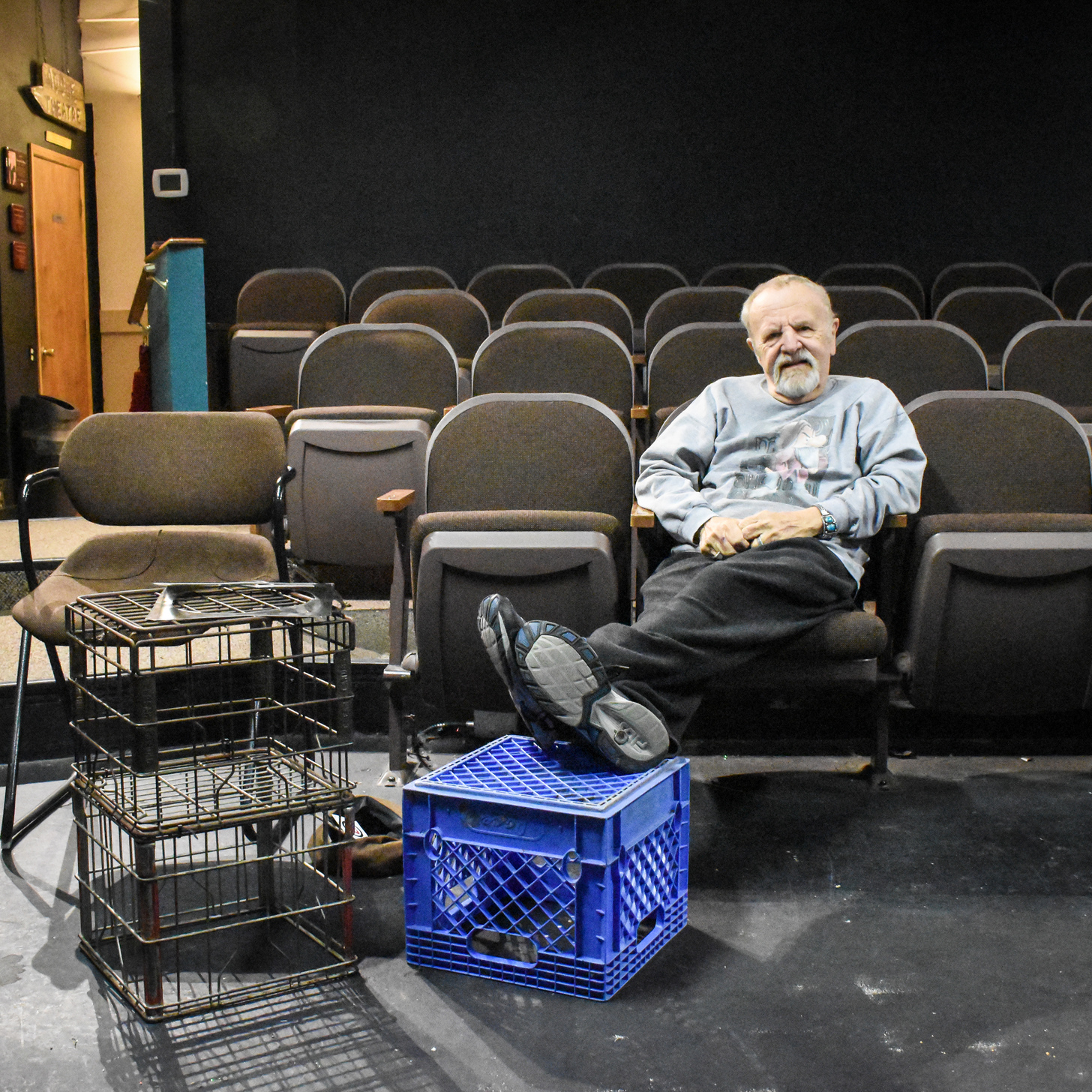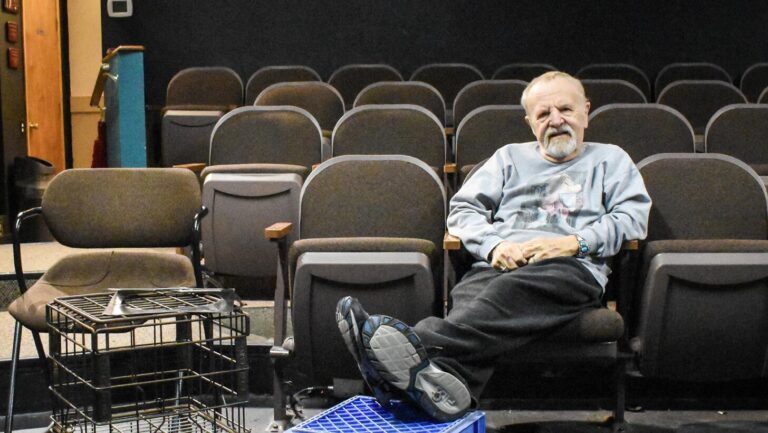An Adobe Christmas Carol
Through Dec. 22The Adobe Theater9813 Fourth Street NWArts Interview: The Ghost That Haunts
Albuquerque Homelessness And An Adobe Christmas Carol


Clarke Condé








